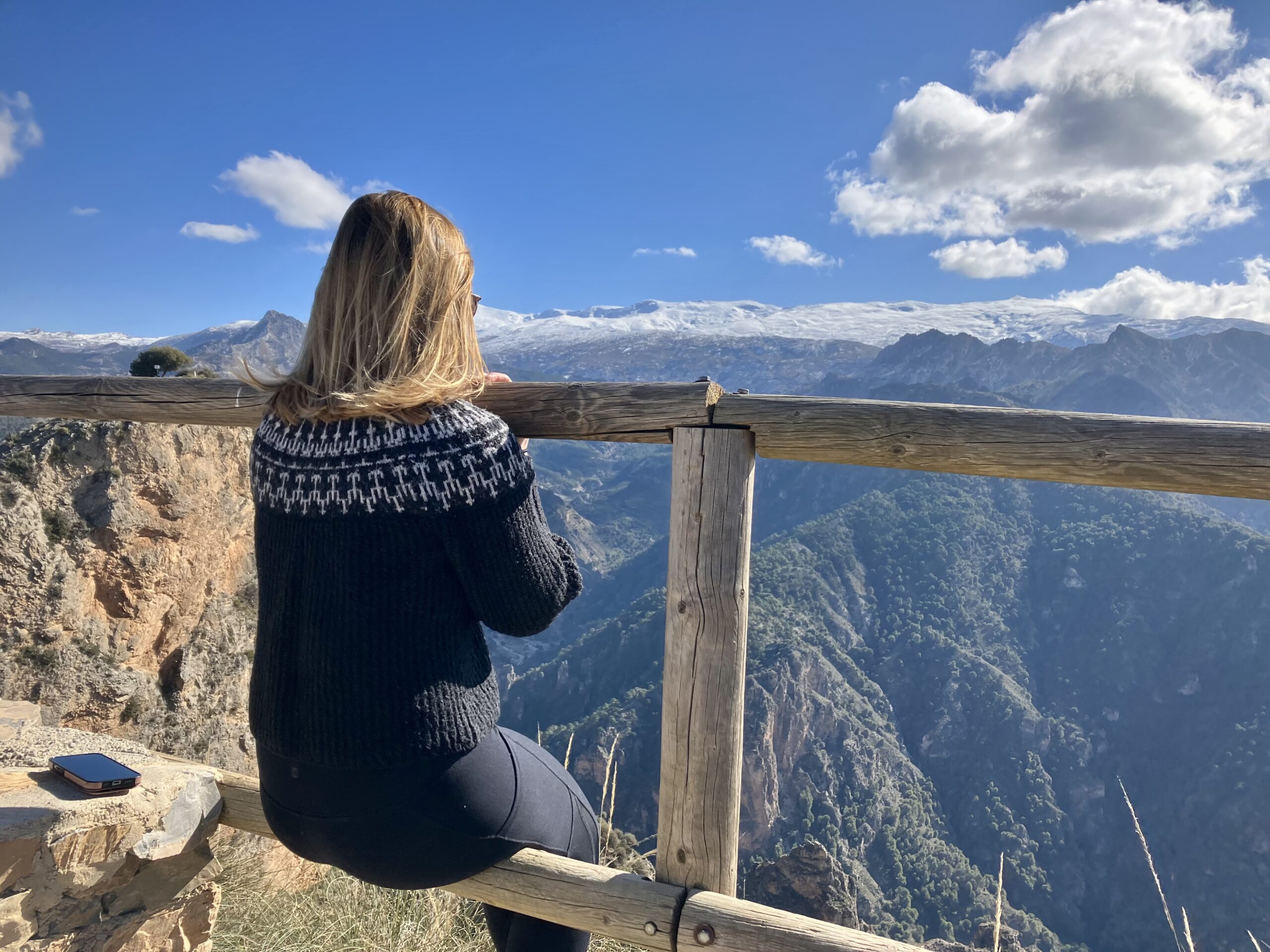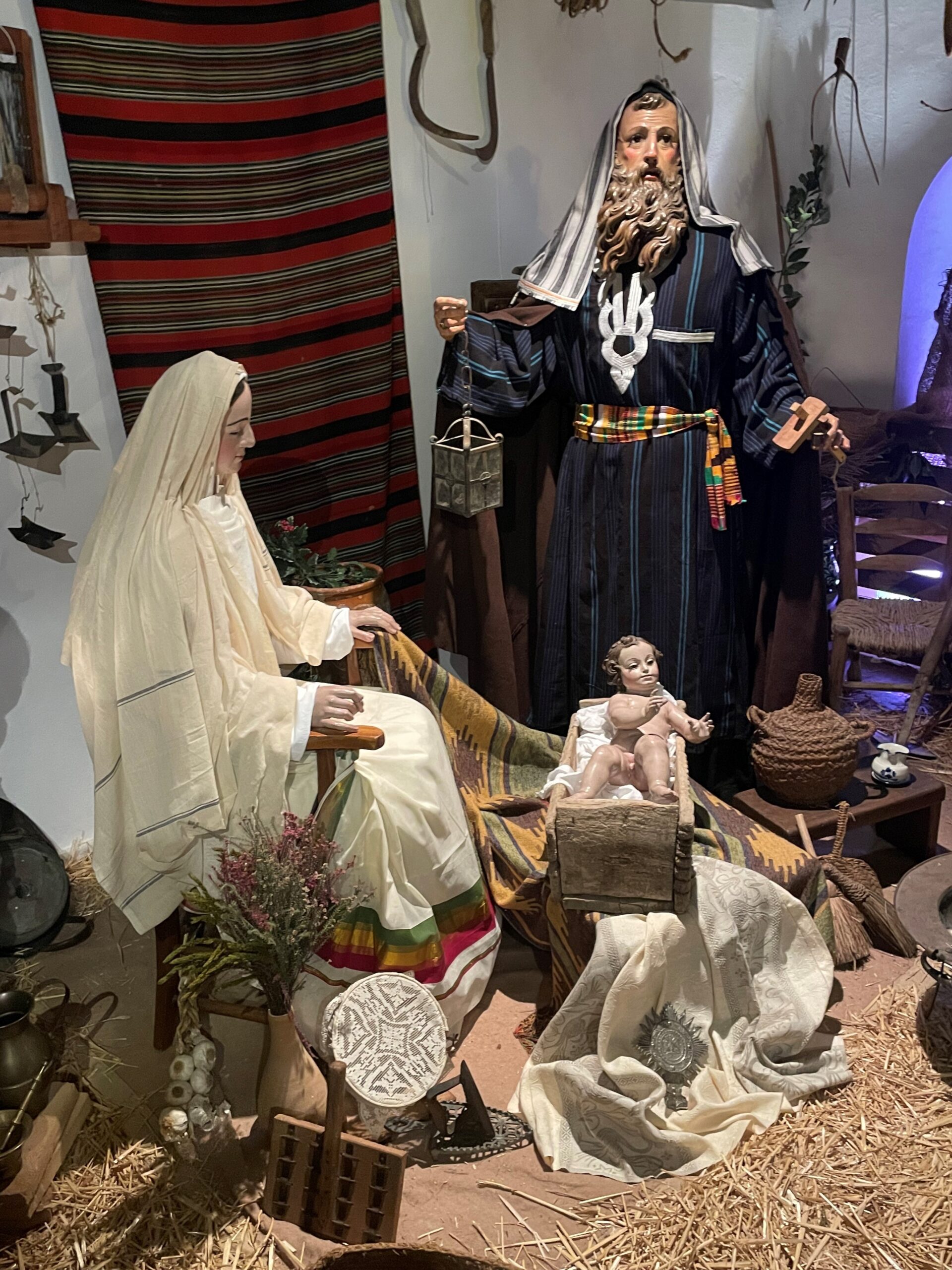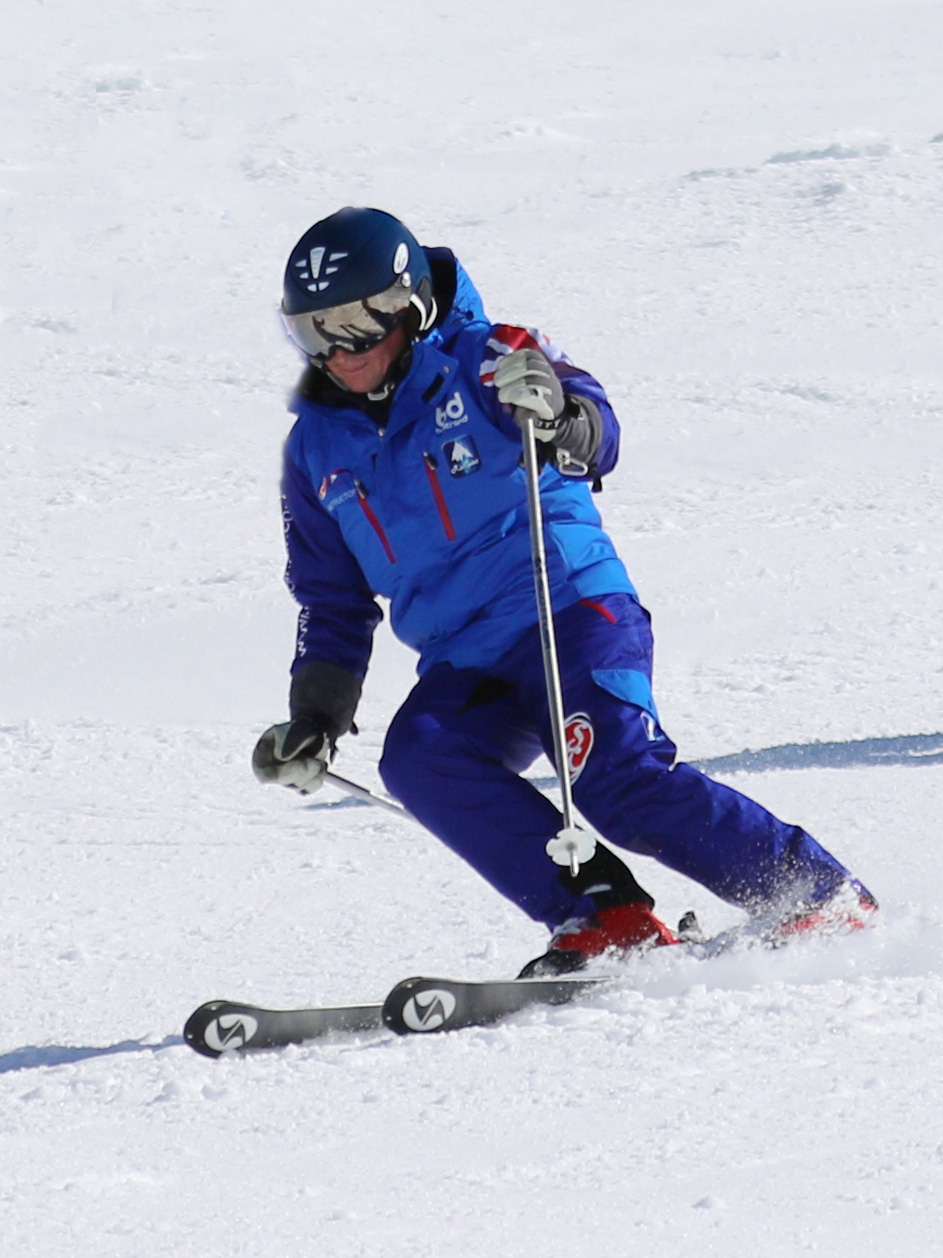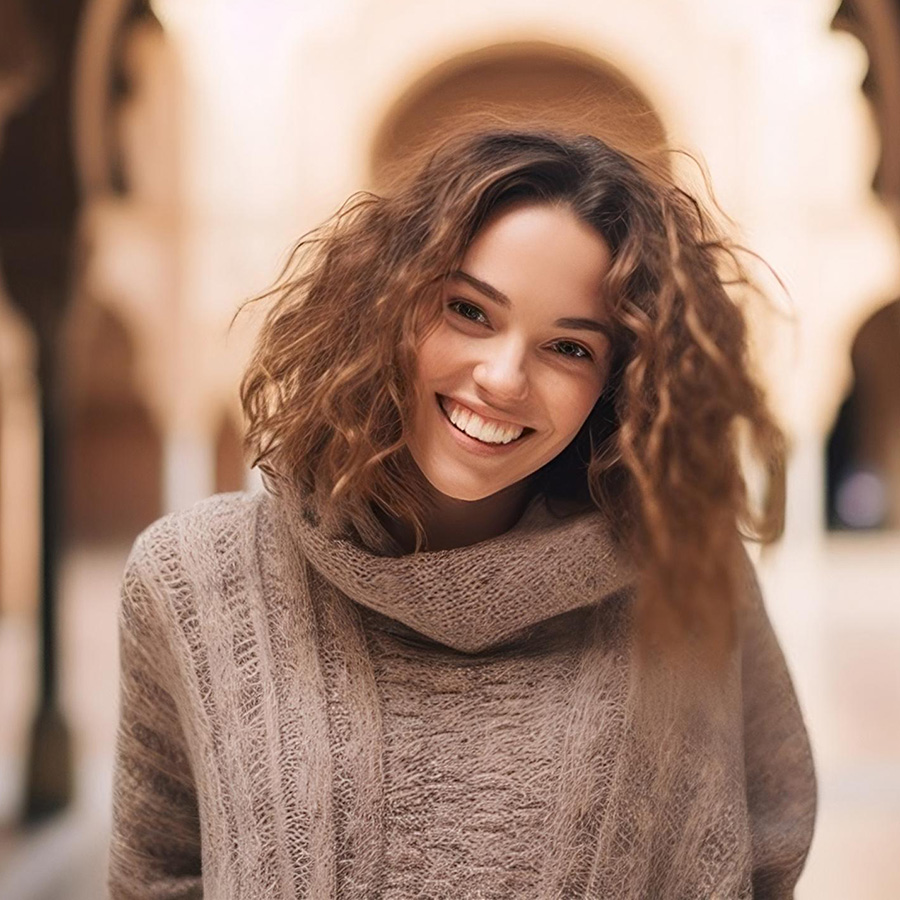Darek Barcikowski: How long have you lived in Granada and what brought you to this place?
Naemi Ueta: I have lived in Granada for 26 years. When I finished my studies at a university in Japan, my father suggested that I should make a trip to Granada to see the Alhambra Palace. I spent a month traveling through Spain and Northern Morocco. As it turned out, Spain was not the only thing that captured my heart during that trip. I also met someone special during my travels and I fell in love. I had to go back to Japan as I already had a job lined up, but he followed me there and ultimately convinced me to move back with him to Granada.
DB: What were your first impressions of Granada?
NU: I was very impressed. It’s such a beautiful city and I must admit that in a lot of ways, it reminded me a lot of my own city of Kyoto in Japan. Both are small cities with an exceptional amount of culture and tradition.
DB: You work as a professional photographer. How long have you been taking photos?
NU: It’s been over 15 years now and my interest in photography was sparked by flamenco. I was attending the Escuela Internacional de Flamenco Manolete school in Sacromonte. My daughter broke my camera, so I decided to buy a new one, which was actually the first reflex Nikon camera. I asked my flamenco teacher, the famous flamenco master Manolete, if I could take pictures of him. I was very passionate about flamenco and that passion automatically lent itself to photography. With time I became better and better at both: flamenco and photography.
DB: Your work to this day combines both of these passions?
NU: That is true, although my work has become more diverse as far as what I photograph over the years. But flamenco is such a big part of Granada, so for me, it just always made sense to capture the spirit of this city through the art form of flamenco.
DB: What does photographing flamenco allow you to capture with your camera?
NU: That’s a difficult question. As foreigners, we all try to find our own meaning of what is Spain, what is Andalucia, or what is Granada. We all interpret the culture we find here in our own way. For me, flamenco and flamenco dancers in particular represent and capture the local culture that I in turn strive to capture with my camera. For most flamenco artists, this dance form is their life. When they pose in front of the camera, they convey something very pure and powerful… they convey the essence of what is Andalucian culture and life. But these photographs allow me to also capture the personal culture and history of their protagonists; a mixture of their own emotions and those of this land. I like to think that when taking photos, we are in that very moment also creating music and that my photographs capture and convey that music.
DB: You describe this process as being very personal and intimate for you. How does that look from the perspective of the artist you are photographing? Do they also have to open up to you to allow you to capture that pure form and in that very moment, as you refer to it, make music with you?
NU: Of course. It’s necessary. Otherwise, I would not be able to capture their spirit, and the photo would be just another flat image. I approach my work with a lot of respect and affection, which I think allows the artists I photograph to open themselves up and lay their emotions and what they are feeling bare in front of my camera.
DB: Is there a particular person that you photographed that has had a profound impact on your work or on your life?
NU: Yes. All of them. But I think this is the result of the fact that I seek out very particular people for my projects; people who are very passionate, and emotionally expressive; honest. I have photographed many famous flamenco dancers and singers, and it is always those who are most humble that make the biggest impression on me. This, of course, might be particularly important to me because of my own culture, which is also very humble. Photography does not lie; it is authentic and honest. People who visit my gallery are always moved by the same photos, sometimes to tears, and I already know that these photos will have that impact the moment I take them.
DB: Is one of those photos in your gallery right now?
NU: Yes, for example, the one of Carmela Greco or Manolete who was very famous in the flamenco world, but outside of that world, he did not want to be famous. Carmela was the same. They were legends, but humble legends.
DB: You were able to take a piece of Andalucia back home and showcase your work in Japan. What did that experience mean to you?
NU: I had an exhibition in Japan at a small theater in Tokyo where we showed a collection of photographs that mostly portrayed flamenco. I look at my art and experience as that of a “viajero romantico”, a romantic traveler. It was very special to me to take my art and a piece of Andalucia to my homeland Japan and give people there a small glimpse into the world and culture that I now, after 26 years, also call my own.
DB: Looking at Granada through your own lens, how has the city changed in the two and a half decades since you first called this place your home?
Tourists who come to Granada comment that life here takes place on the street – in the bars, cafes, and patios. But to me, that street culture was even more prevalent years ago. Of course, there are now many more tourists here so it’s a bit harder to get a glimpse into the lifestyle of the locals. Granada has changed in the last 20 years, but at the same time, it has changed less than other places. Like all tourist destinations, there is an ongoing debate between balancing growth and conserving the treasures and true essence of Granada.
DB: As a local, what is one experience you would recommend to someone visiting Granada?
NU: To go for a walk. Leave the map at home and get lost in the labyrinth of streets, alleys, and hills. Similarly to flamenco, this city lends itself to being spontaneous. This is the best way to discover the secrets of Granada.
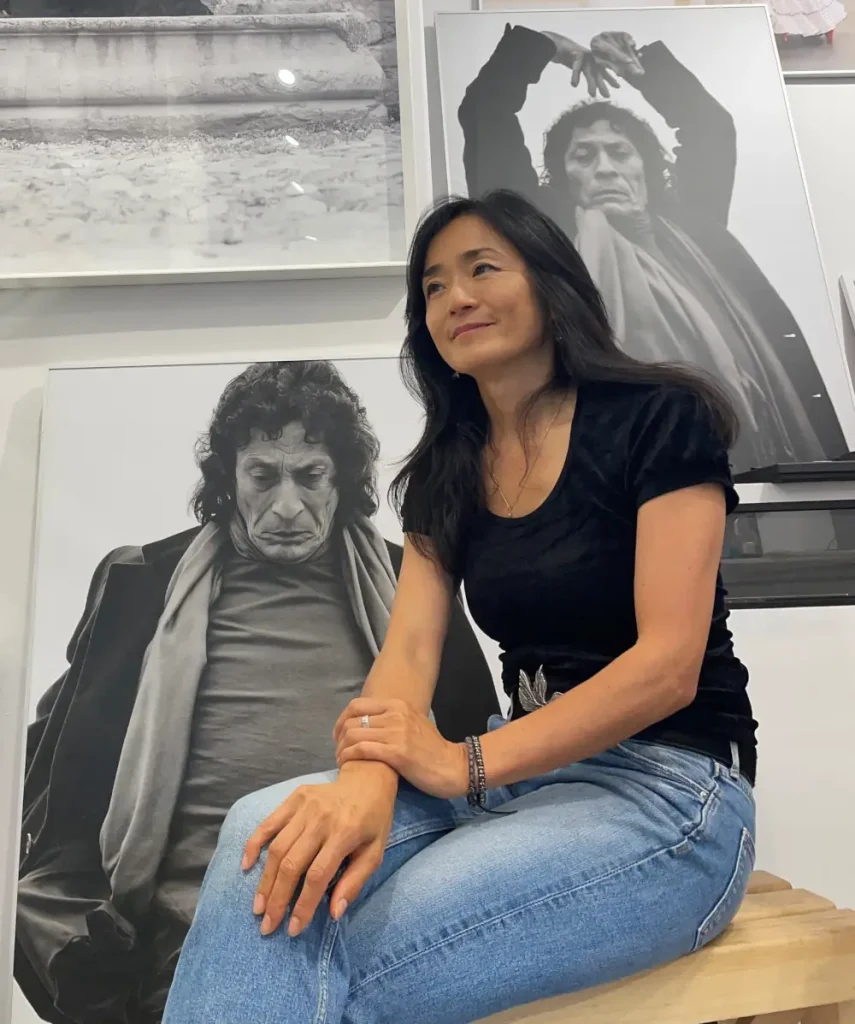
Follow Naemi Ueta at naemiueta.com, naemiueta_photographer on Instagram and naeueta on Facebook. Her gallery is located at Plaza del Padre Manjon 7 in Granada.
Written by: Darek Barcikowski
Photos: Darek Barcikowski / Private Archive
“For most flamenco artists, this dance form is their life. When they pose in front of the camera, they convey something very pure and powerful… they convey the essence of what is Andalucian culture and life.”

